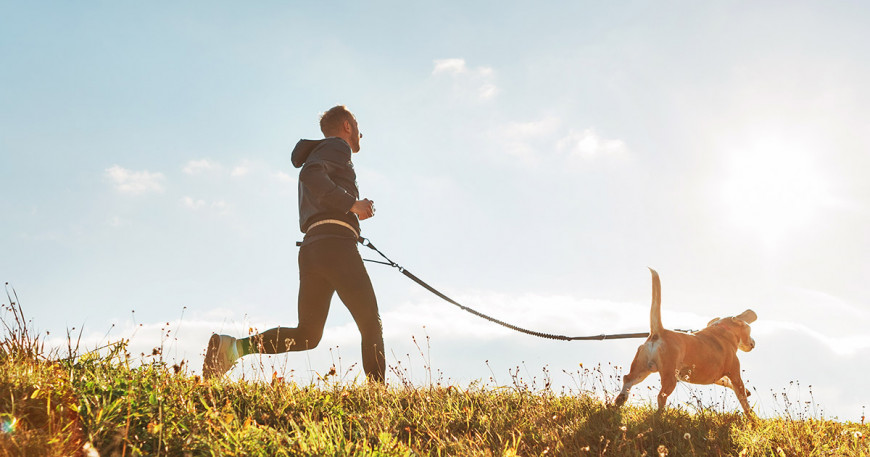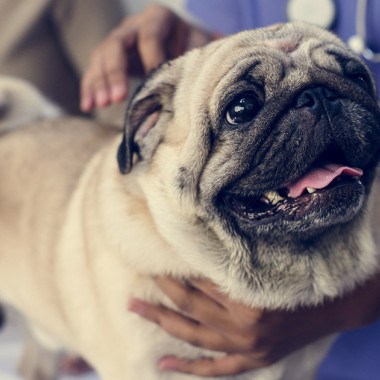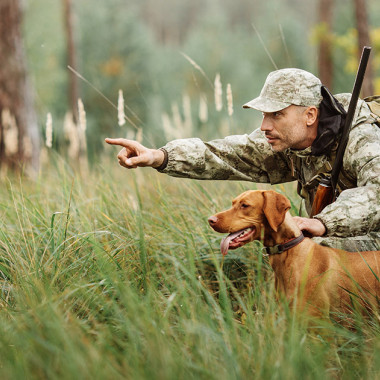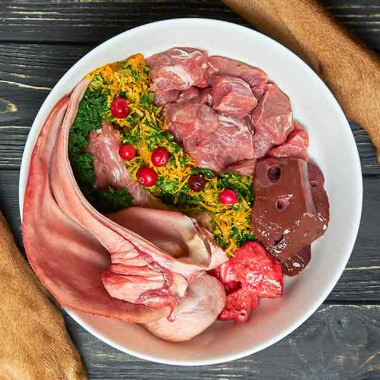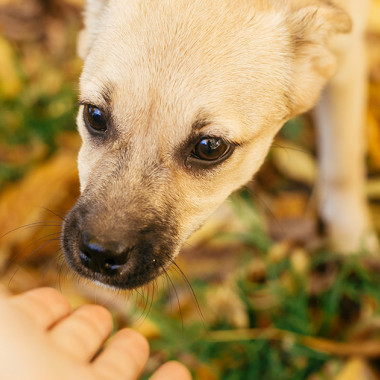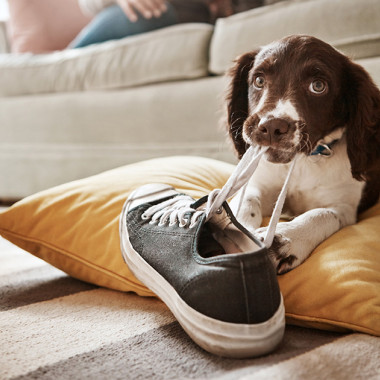To ensure the proper portion size for feeding, we need to determine three important pieces of information: the dog's age, weight, and activity level. While age and weight are straightforward details that every owner knows immediately, determining activity level is not always as simple. A dog’s activity can be influenced by their health status, breed, and even reproductive condition.
Why is determining activity level important?
Generally, dogs are classified into three activity levels: active, moderately active, and low-activity dogs. Everyone perceives their dog's activity differently. Your dog may seem to be active, but compared to a sporting dog that, in addition to walks and free movement, also undergoes planned training, it is hard to claim that it is truly an active dog. The type of activity or sport can also influence the level. Endurance activities use a different energy source than short (burst) speed sports. Correctly determining activity not only supports performance but also the overall health of the dog. Incorrectly categorizing activity can significantly impact the dog's weight, which may lead to other health issues. Many people find it difficult to determine which category their dog belongs to, so let’s explain the previously mentioned levels.
Low-activity dog
A low-activity dog prefers to sleep. Most days, they spend sleeping and moving slowly. They enjoy walks but don't show much interest in long ones and often lie down to rest. Many people refer to such dogs as "couch potatoes." It is possible that the owner also prefers a similar environment and pace.
Moderately active dog
Dogs with this activity level are playful. They enjoy long walks but also know how to relax. Essentially, they adapt perfectly to any activity, whether it’s a full day of lounging or adventure. You could say they are companions for every situation.
Highly active dog
The last category includes dogs that are so active that staying still for even a moment is a challenge. They prefer faster movements or running over simple walking. They seek out play and seem happy all the time.
To determine the correct activity category for your dog, you need to know their temperament and daily routine. Finally, a dog's activity is also closely linked to the temperament of the owner. Keep in mind that when designing a feeding plan, you should also consider your dog’s age and reproductive status. Puppies need a lot of energy, as do pregnant or lactating females. Conversely, older dogs need less energy. In such cases, relying solely on the three-level system of activity categories is insufficient.
